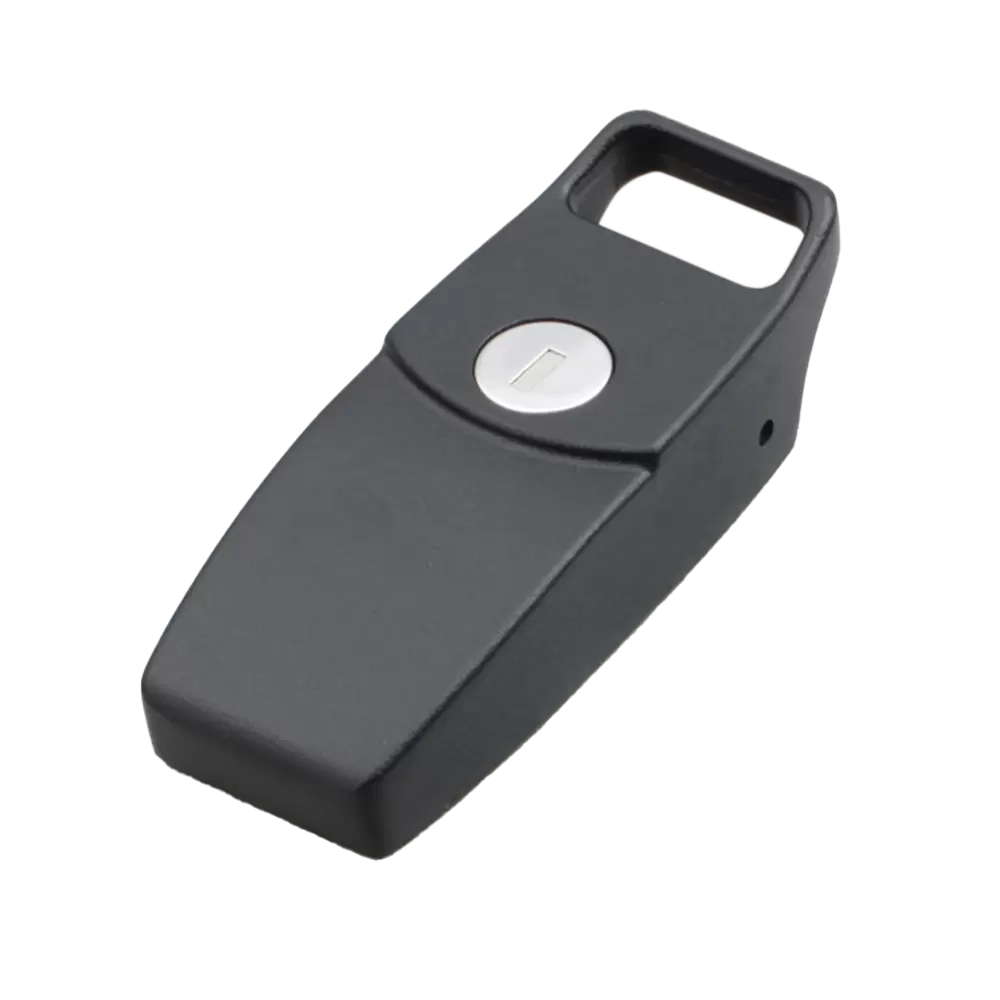The oil pressure gauge is a crucial component in monitoring the health and performance of an engine. It provides vital information about the oil pressure levels, ensuring that the engine operates within safe parameters. In this article, we will explore the importance of the oil pressure gauge and discuss the optimal placement for this essential instrument.
- Understanding the Oil Pressure Gauge:
The oil pressure gauge measures the pressure exerted by the engine oil on its components. It helps prevent engine damage by indicating if the oil pressure is too low or too high. A properly functioning gauge is essential for maintaining engine efficiency and prolonging its lifespan. - Factors Influencing Gauge Placement:
a. Visibility and Accessibility: The oil pressure gauge should be placed in a location that allows the driver or operator to easily monitor it while driving or operating the machinery. It should be within the line of sight and not obstructed by other instruments or objects.
b. Engine Compatibility: Different engines have varying oil pressure requirements. The gauge placement should consider the specific engine design and ensure that it accurately reflects the oil pressure in the critical areas of the engine.
c. Vibration and Heat: Engines generate significant vibrations and heat during operation. The gauge should be placed in a location that minimizes exposure to excessive vibration and heat, as these factors can affect its accuracy and lifespan.
- Optimal Placement Options:
a. Dashboard or Instrument Cluster: Placing the oil pressure gauge on the dashboard or instrument cluster provides easy visibility for the driver. It allows for quick monitoring without distracting from the road or machinery operation.
b. Engine Bay: Mounting the gauge in the engine bay provides a direct reading of the oil pressure at the source. However, this placement may be subject to increased vibration and heat, requiring additional measures to ensure accurate readings.
c. Remote Monitoring: In some cases, it may be beneficial to have a remote oil pressure gauge that can be monitored from a control room or cabin. This option is particularly useful for large industrial machinery or vehicles where the operator is not in close proximity to the engine.
- Importance of Regular Calibration:
Regardless of the gauge placement, regular calibration is essential to maintain accuracy. Over time, gauges may become less precise due to wear and tear or environmental factors. Calibration ensures that the readings remain reliable and helps identify any potential issues with the engine's oil pressure.
Conclusion:
The oil pressure gauge plays a vital role in maintaining engine performance and preventing costly damage. By considering factors such as visibility, compatibility, and exposure to vibration and heat, the optimal placement of the gauge can be determined. Regular calibration further ensures accurate readings, allowing for timely maintenance and efficient engine operation. Choose wisely where you want your oil pressure gauge to be, and safeguard the health of your engine.


